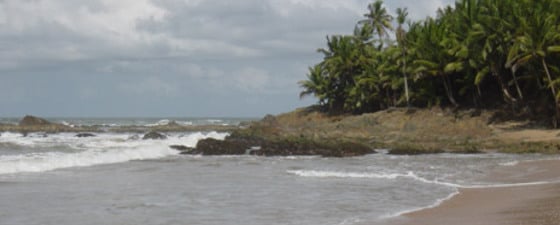In order to exploit the Arctic, it is not just the technical issues involved in exploring in such harsh and extreme conditions that must be faced. Some of these issues, in fact, have already been investigated, and both service and exploration companies are moving closer to being able to successfully discover and produce oil and gas from this frozen environment. But the industry faces many questions, and hard political, financial and environmental decisions will need to be made.
The Bay of Bengal faces very different challenges. Surrounded by some of the fastest-growing populations and economies in the world, the Bengal Fan is the world’s largest fluvio-deltaic-slope fan complex, yet it is largely unexplored. Now that exploration has moved successfully into deepwater, the issues here again are not technical, but political. The maritime boundaries between the countries surrounding the Bay of Bengal – India, Bangladesh and Myanmar – are under dispute, as they have been for many years, and until these are established, they will not be able to fully exploit the potential hidden under their shared ocean.
If these countries, encouraged by the oil industry and the promise of wealth beneath their waters, resolve their differences, we may not refer to the Bay of Bengal as a frontier area for long. Until a few years ago, the offshore West African Transform Margin, west of the Niger Delta, was so little considered that it would be hard to have even called it ‘frontier’. Now, after a string of major discoveries off Ghana, Liberia and Sierra Leone, it’s one of the hottest properties in town, as evidenced by the overcrowded rooms at recent conferences whenever a paper is given on the area. The East African Rift looks set to follow in its footsteps.
So look carefully at frontier areas; they may be paying your salary soon!




